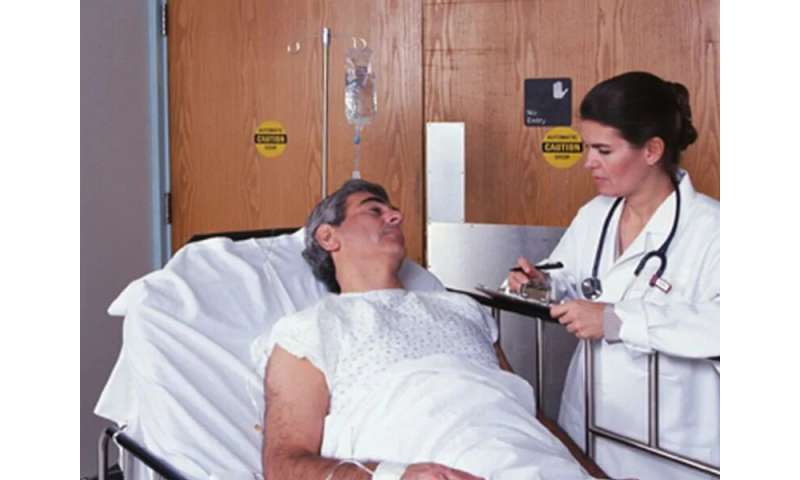
(HealthDay)—Endoscopy within six hours versus six to 24 hours after consultation is not associated with lower 30-day mortality in patients with acute upper gastrointestinal bleeding who are at high risk for further bleeding or death, according to a study published in the April 2 issue of the New England Journal of Medicine.
James Y.W. Lau, M.D., from the Chinese University of Hong Kong in Shatin, and colleagues randomly assigned patients with overt signs of acute upper gastrointestinal bleeding and a Glasgow-Blatchford score of 12 or higher to undergo endoscopy within six hours (urgent-endoscopy group, 258 patients) or between six and 24 hours (early-endoscopy group; 258 patients) after gastroenterologic consultation.
The researchers found that 30-day mortality was 8.9 and 6.6 percent in the urgent- and early-endoscopy groups, respectively (difference, 2.3 percentage points; 95 percent confidence interval, −2.3 to 6.9). Further bleeding within 30 days occurred in 10.9 and 7.8 percent of patients in the urgent- and early-endoscopy groups, respectively (difference, 3.1 percentage points; 95 percent confidence interval, −1.9 to 8.1). On initial endoscopy, ulcers with active bleeding or visible vessels were found in 66.4 and 47.8 percent of those with peptic ulcers in the urgent- and early-endoscopy groups, respectively.
“In the urgent-endoscopy group, we found more ulcers that were actively bleeding and that had major stigmata of bleeding, resulting in more frequent endoscopic treatment. The more frequent endoscopic treatment, however, did not translate into a lower incidence of further bleeding or fewer deaths,” the authors write.
Source: Read Full Article
